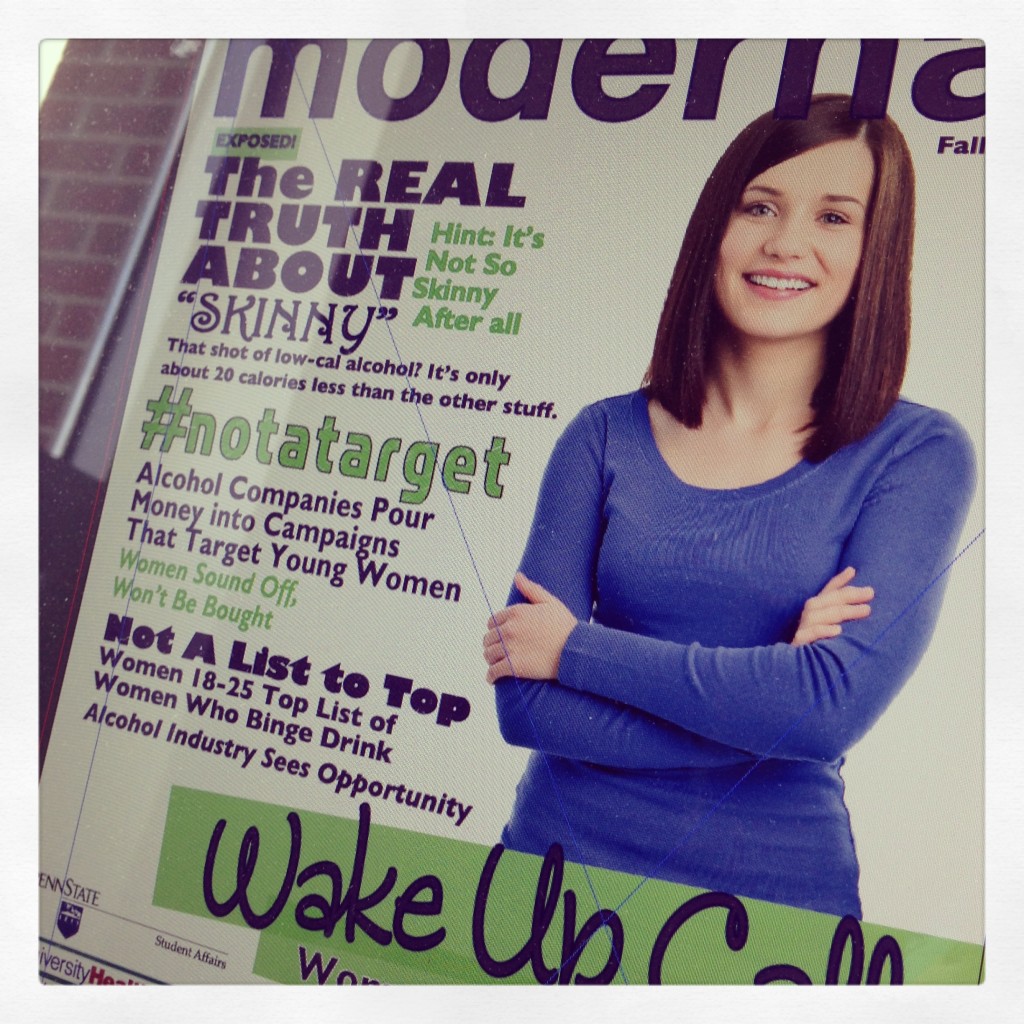Have you been noticing more alcohol ads on TV? If you’re a female between 18-25, that may not be a coincidence. Across the U.S., research shows that women between 18-25 are engaging in the highest levels of binge drinking among all women. While this means scary consequences for their health, the alcohol industry smells opportunity.
While college-aged men drink more overall, women in this age group are actually more likely than men to exceed the national weekly drinking guideline, surpassing the maximum of 7 drinks per week for women.
This increase in high-risk drinking can certainly spell danger for women. Women get intoxicated more quickly than men because they typically have less body mass, lower levels of enzymes to metabolize the alcohol (called alcohol dehydrogenase), and fluctuating hormone levels.
The risk isn’t just associated with binge-drinking or heavy-drinking. Even when drinking at lower levels, women still experience more consequences from alcohol. In the short term, this can mean a higher risk for sexual assault and alcohol poisoning. In the long term, it can mean an increased risk for brain, heart, pancreatic, and liver damage and even some cancers.
So how much is too much? The USDA defines moderate drinking for women as up to one drink per day, meaning 12 ounces of beer, 5 ounces of wine, or 1.5 ounces of liquor.
If you’re concerned about your alcohol use, you can speak with a health educator free of charge in a judgment-free, confidential environment at UHS. Visit us online or call us at 814-863-0461 and say, “I’d like to make a free appointment to talk to someone about alcohol.” Students who have an alcohol policy or legal violation (either on or off campus) and/or an alcohol-related emergency department visit are not eligible for the free self-referral service.
To learn more about alcohol and women’s health, check out the National Institutes on Alcohol Abuse and Alcoholism (NIAAA) website.
